India refuses to release Oldtimers
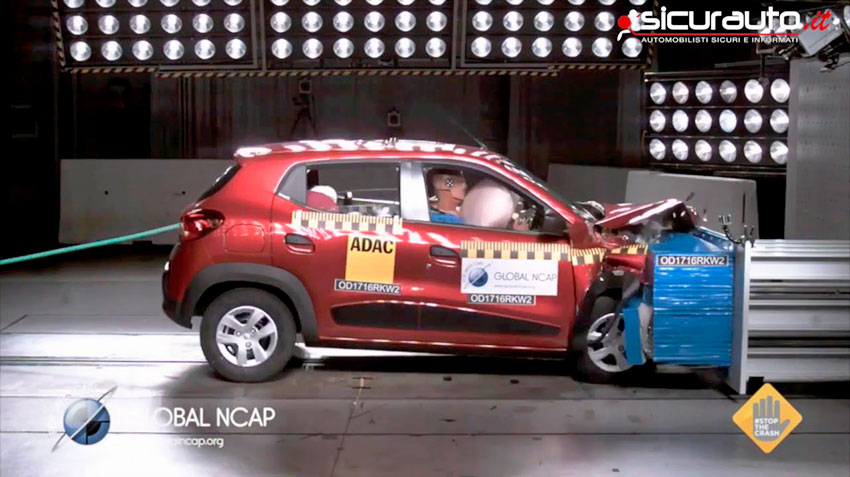
8 February 2019
From October 2020, India will have stricter standards of safety and environmental regulations for production cars
Indian automobile industry is on the brink of major reforms. Cars for the domestic market, will soon meet international standards, ranging from environmental standards on emissions of harmful substances and ending with the introduction in India of its own rather tough crash tests. For local brands gone are the days when they were free to release the model without making any changes to its drivetrain or platform for more than five years, what in the world just considered the entire lifecycle of a modern car. With a wave of debuts of new models planned for 2019, the future of many old and even ancient models (almost "living old-timers") in the Indian market will be bleak.
Below are some of the veterans of the market, which will likely end in 2019. For example, the Indian automotive portal CarDekho taken several models the most affordable price point cost less than 150 000 rupees (₽138 000). Cars selected on the basis of their sales, as well as prospects of implementation of their future crash-test Bharat New Vehicle Safety Assessment Program (BNVSAP) and safety standards, and new emissions standard BSVI. Prices in rupees (92 cents a rupee) for this so-called "out of the showroom" in Delhi.
Maruti Gypsy (570 000-640 000 rupees)
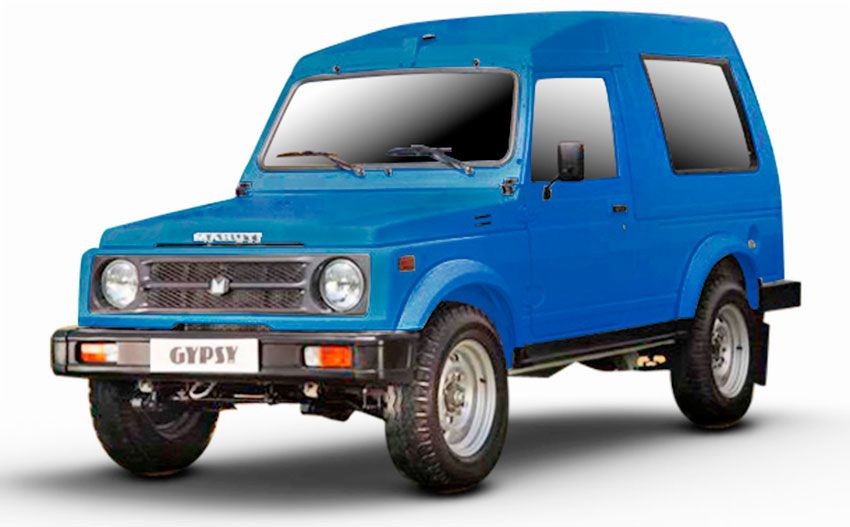
Classic compact SUV Maruti Gypsy ("Roma") is almost the same age as most Maruti Marche! Launched in the early 1980s, this frame "minidip" as expected, still leaves the Assembly line in 2019. In fact, this is a lengthened version of the second generation Suzuki Jimny (SJ410) of the sample in 1981. The SUV is often advertised as a kind of "mountain goat" because of its high permeability, which contributes to its relatively low own weight of only 980 kg. Enters the fourth decade, the Gypsy no longer be able to meet prospective safety standards BNVSAP. In addition, its old 1.3-litre petrol engine will not fit into the environmental regulations BSVI. Any plans to modernize this venerable model, whose monthly sales amount to five hundred cars, the manufacturer does not advertise, although it is still popular in the Indian armed forces. A new generation of Jimny in India earlier than 2020 will not appear.
Maruty Suzuki Omny (276 000-305 000 rupees)

Like Gypsy, 5-8-local microvan Omny also stands in the ranks of the oldest centenarians in the model lineup Maruty. Released in 1985, Omni has not been a serious of upgrades over three decades.
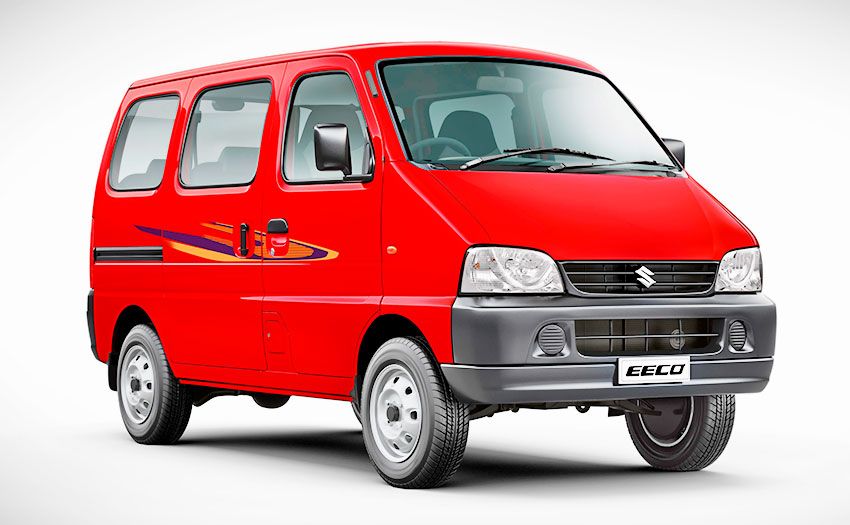
Moreover, Maruti has already offered to replace the model of the new-generation Versa, which is now available as a budget model Eeco (however, this model also has problems, since the crash in 2016, she scored 0 points). Microvan Omni also will not pass the new crash test, and its old petrol engine with a displacement of 796 cubic centimeters will not be able to meet strict emissions standards BSVI. This, of course, good old van, full finish and the end of the road. Moreover, despite the age and the archaic design of Mitrofanov Omni in India sold more (6-8 thousand a month) than a much more modern cars!
Mahindra Xylo (917 000-1200 000 rupees)
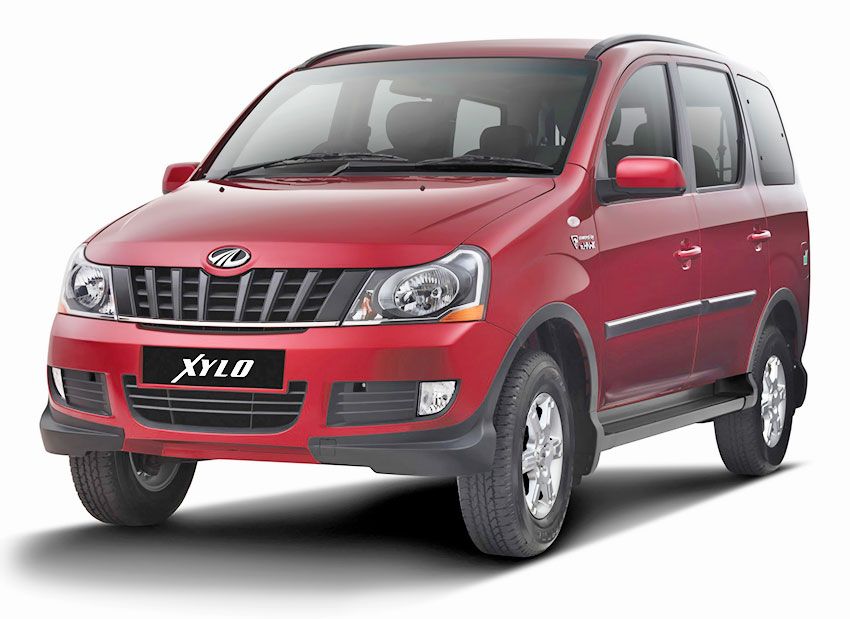
The MPV Xylo, which was almost ten years, today, one of the oldest models of the brand Mahindra, and in all that time he had not been a change of generations. Based on the spaceframe chassis of the first generation of Scorpio SUV, Xylo MPV is also unlikely to withstand succeeding in India's stringent standards of crash tests.
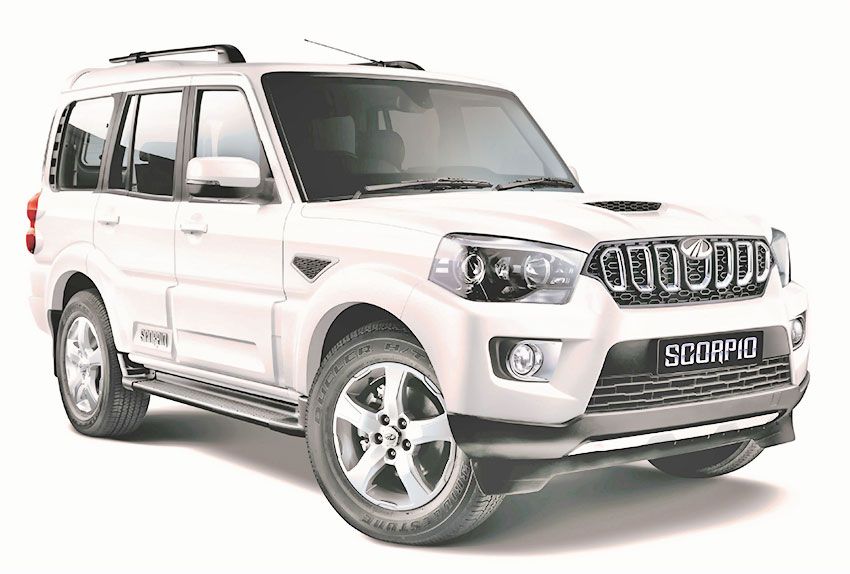
Even the SUV Scorpion second generation scored zero points at the world the crash test Global NCAP, and the design of its body was evaluated as "unstable".
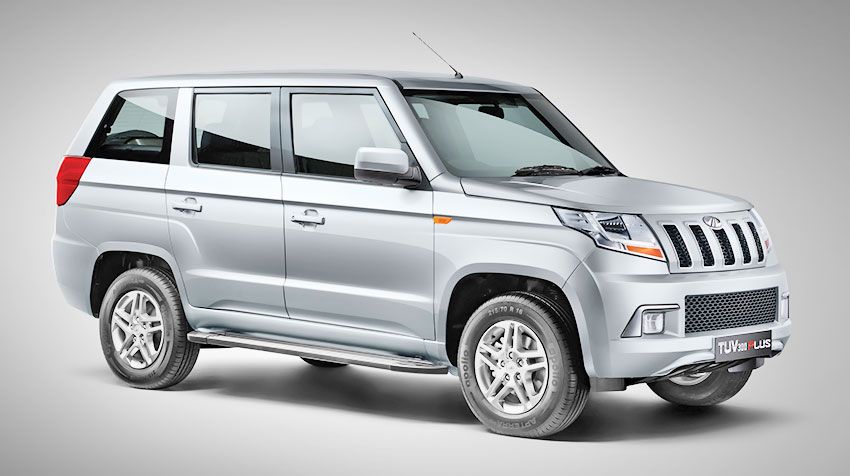
Looks like Xylo, ready to go down in history, especially because Mahindra has already released its successor, extended SUV TUV300 Plus.
Mahindra NuvoSport (777 000-1025 000 rupees)
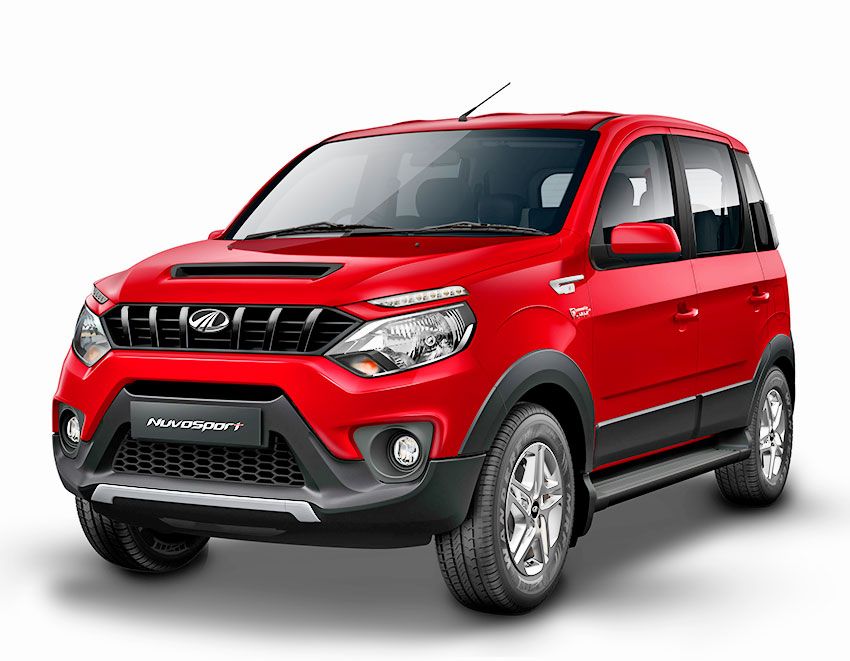
For the past six months, Mahindra & Mahindra sold a single crossover model NuvoSport! This is a clear sign that the automaker already and hopes for his re-branding
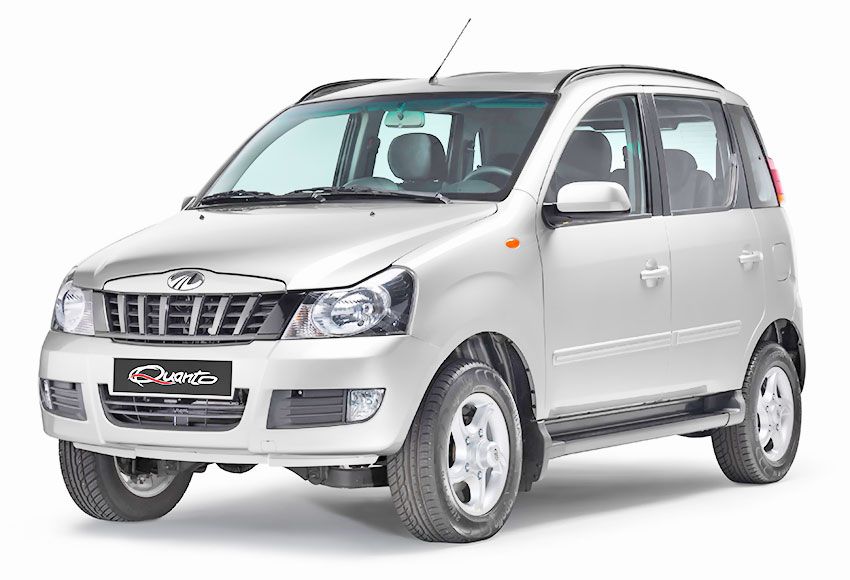
just as a shortened version of the Xylo was renamed in model Quanto.
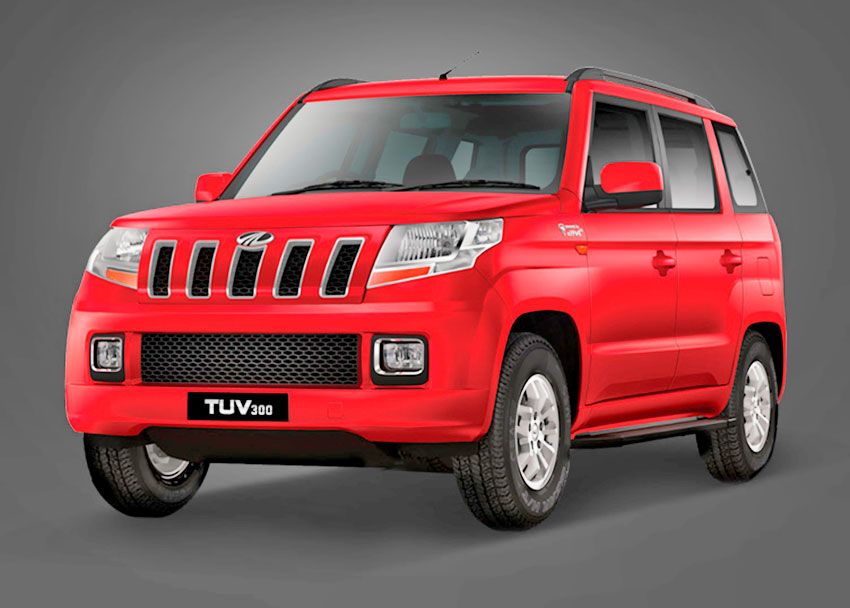
Intended as an alternative to SUV premium TUV300, version NuvoSport sub-4m (shorter than 4 meters to reduce taxes) and has not appeared. Despite a single platform, with the exception of the exterior of the front, identical to the Quanto, style NuvoSport not helped his success in the market.
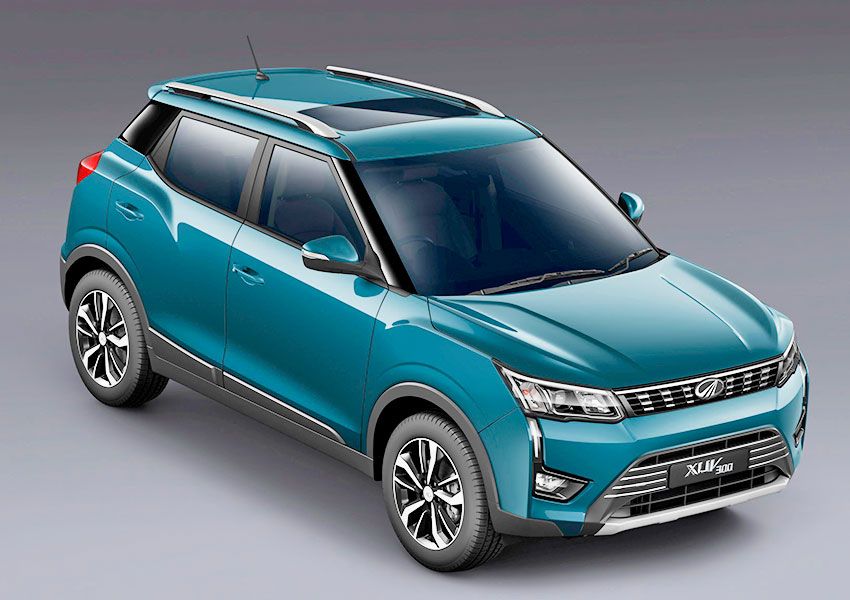
However, promising Mahindra XUV300, which start in the series in 2019, looks more appropriate as the successor of the SUV TUV300.
Honda Brio (473 000-681 000 rupees)
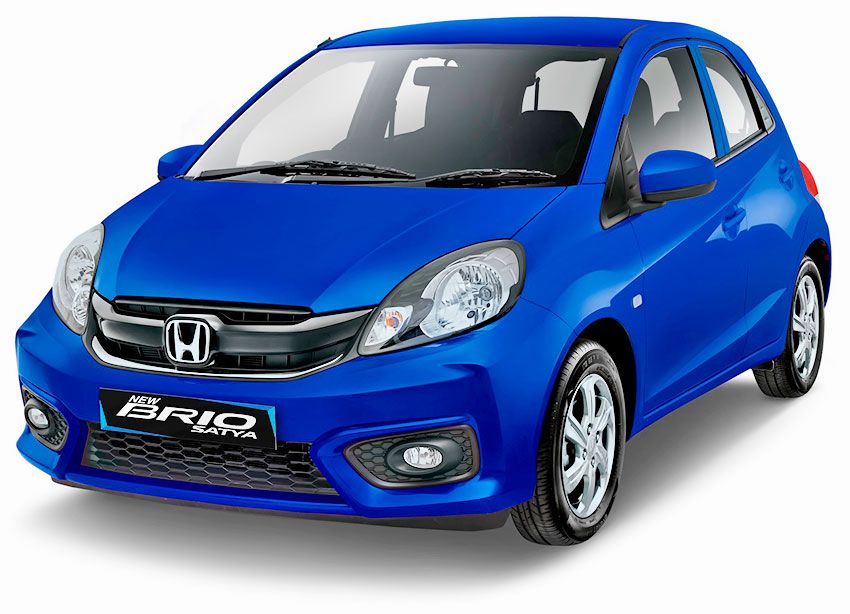
The sale of this subcompact hatchback continue to fall behind better-equipped and more modern competitors such as Maruty Swift and Hyundai Grand i10. Ford also offers the popular Freestyle model, which is superior to any model in the segment from the point of view of security, moreover, is not far off and another "facelift". Because of the obvious obsolescence of former Terrier and poor equipment, Brio loses more and more fans. So much so that it is expected to be discontinued in 2019. Sales have fallen to double digits, so in November 2018, Honda has sold only 10 units of the hatchback that stands out among the competitors with a trunk lid that is just lifting the glass. By the way, Honda has denied the message shown at the beginning of the 2018 in Indonesia, fully updated does not have the Brio to the Indian market is irrelevant to India. Honda might drop the name of the Brio in India.
Hyundai EON (338 000-472 000 rupees)
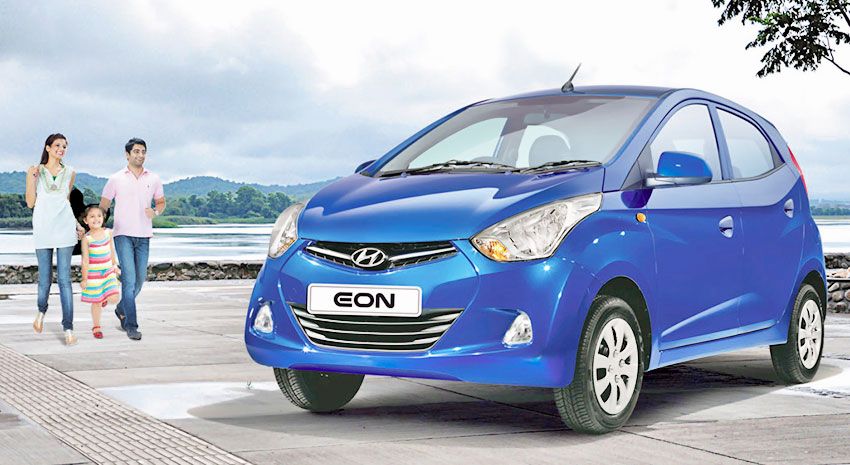
The return of the bestseller of Hyundai Santro undoubtedly had an impact on the budget minikitchen Eon, who have not received any updates since its introduction in 2011. The effect of "internal canniballism", was probably made possible because Santro was quite well Packed.
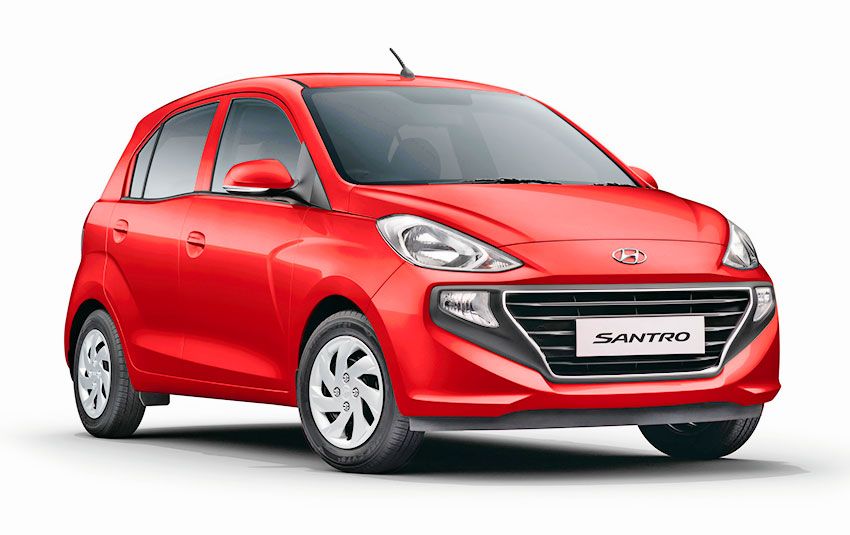
Moreover, as it is made on the platform of the compact hatchback Grand i10, which made it much more spacious than the Eon. In fact, the space in the rear compartment from the Santro more than the Grand i10 compact! Also, it seems that the current Eon was on the verge of cessation of production (sales in October and November of 2018, amounting to a total of 6 units) until his new generation that can meet future safety standards.
Fiat Punto and Linea (535 000-747 000 rupees)
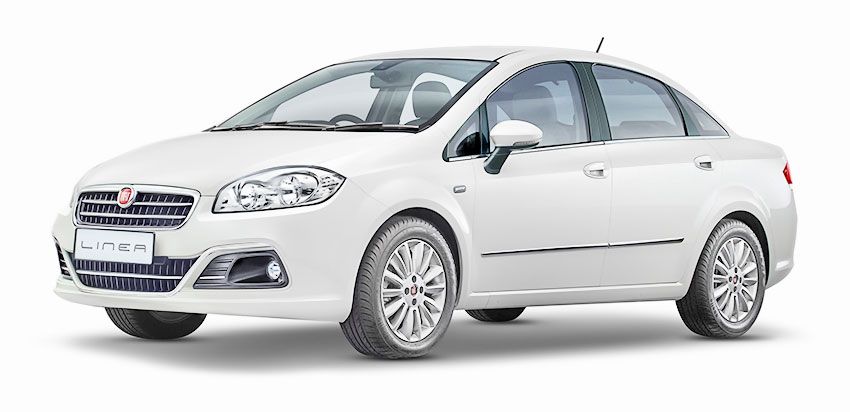
these models were the poor sales for the very long period of time compared to other cars in this set. Moreover, they are also the oldest model in its segment. In particular, sedans Linea for almost a year, realized only about 10 units.
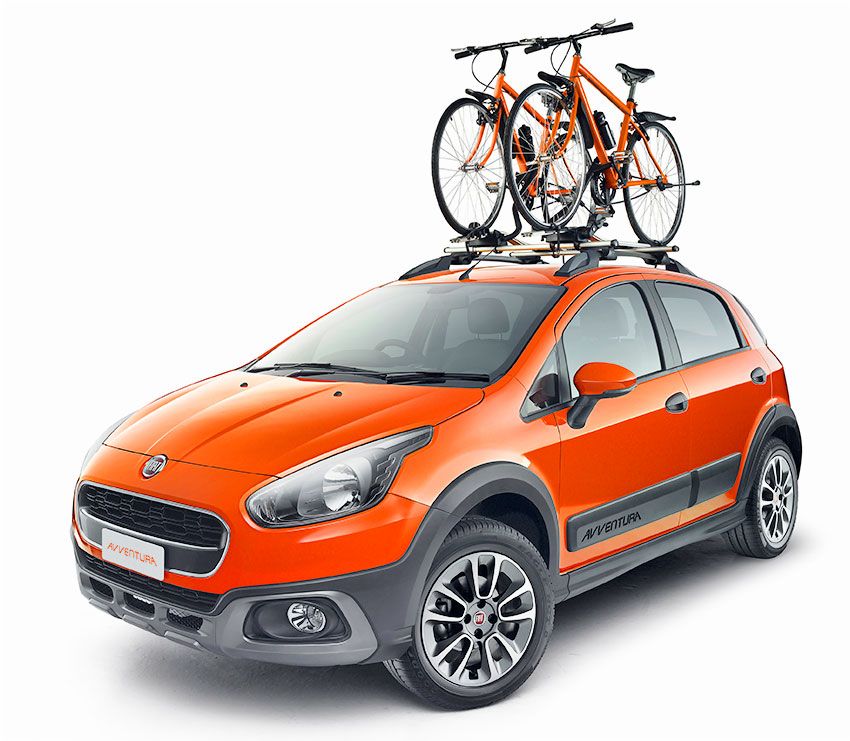
The model was intended Punto Fiat-om the main product, but at retail it is also sold in the amount of only 50 cars per month. This figure brings together the whole range of the Punto, which also includes a version of Avventura and Urban Cross. These models can be discontinued in 2019, as such sales figures, they are just not viable.
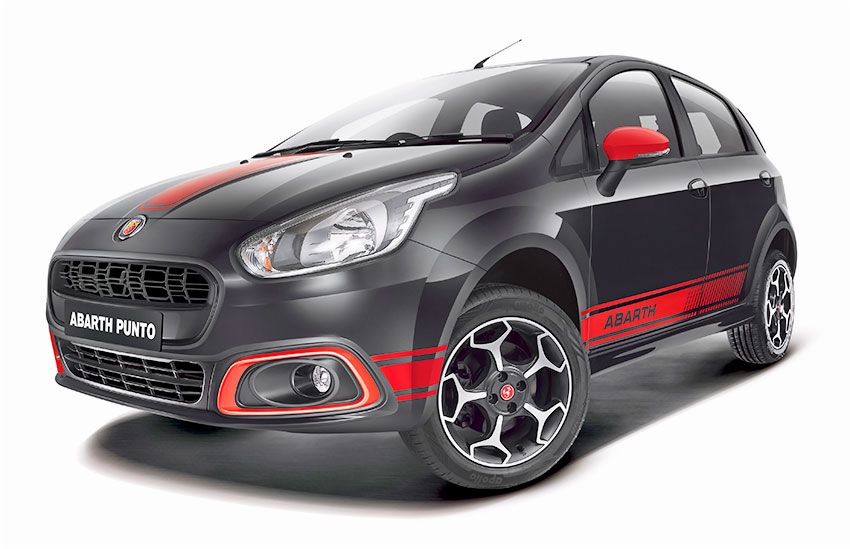
Atelier Abarth can modify-to-order model, offering it through the United dealers FCA (in parallel with the Jeep), while Fiat will not release a totally new model.
Tata Nano (236 000-334 000 rupees)
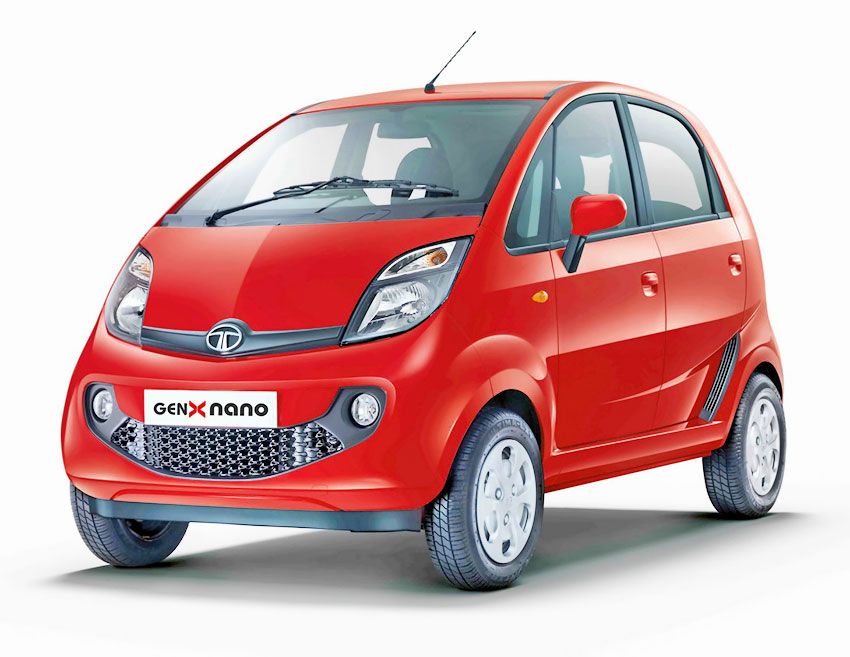
It microcadam Tata Nano glorified India in the late 2000s, as it was the cheapest and most economical production car sold in the world (about $1500). Little micro-car Nano was never out of its extra-budgetary niches, of course, never could justify the "Napoleon" of expectations that were laid on him manufacturer Tata Motors. Now this is just a fashion handset for Tata, as its sales (less than 50 units per month) now no justification for the title of most economical car in the world.
PS Frankly, in the Indian auto industry has long had to restore order in the first place, pulling the bar of the technical level to the world average values. As active and, most importantly, passive safety even fairly fresh, local models (e.g. Renault quit Smoking) already does not climb in any frameworks – on a little bit serious crash tests, they recruit shamefully few points (if at all they gain). It is clear that the price of human life in populous India is still not high enough, but the cars here buys quite wealthy by local standards, a middle class, and he was already beginning to appreciate as my life and the lives of their relatives and friends more than the profits of local producers "of autogestion". By the way, the local "automatical" – frame sedan Hindustan Ambassador produced almost since colonial times, production filmed three years ago due to the inconsistency of environmental regulations (then BSIV – local analogue of the Euro-4). So that the discontinuation of the old-timers – the same natural way as the change of seasons, although someone from the local Autopano she and nostalgic.
P. P. S. In coming years, the government of India lacks its own oil, intended the emphasis to shift to electric cars and accompanying them to "green energy". Naturally, such machines and modern crash tests should pass without problems, besides it will open up in front of them now almost closed doors of the export markets..
|
|
|
Element was not found.








